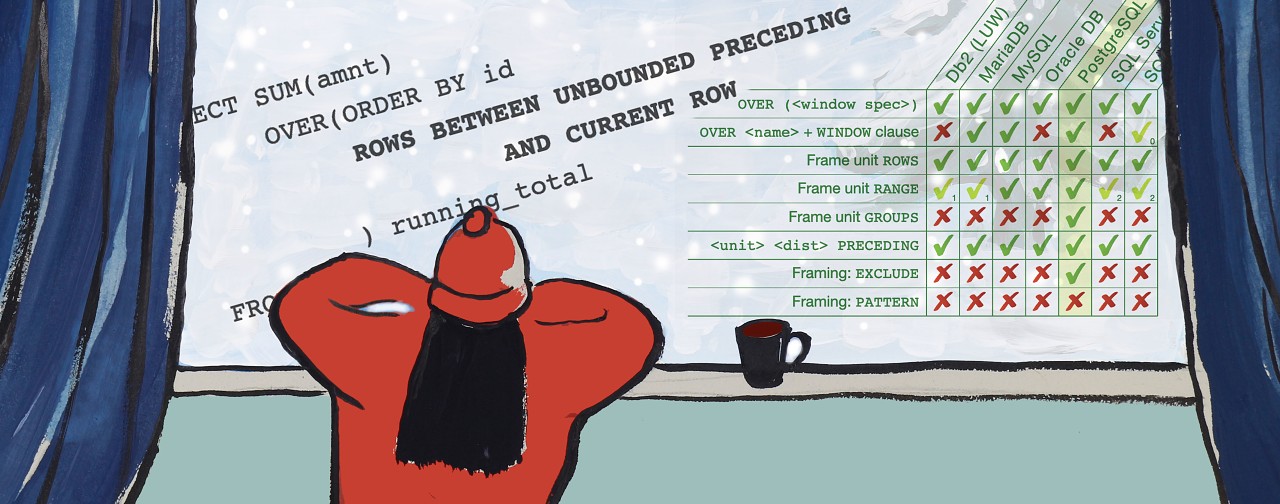#293 — February 20, 2019 |
Postgres Weekly |

|
|
Postgres 11 Reestablishes Window Functions Leadership — PostgreSQL 11 once again offers the best Markus Winand |
|
Postgres 11.2, 10.7, 9.6.12, 9.5.16, and 9.4.21 Released — Another barrage of releases which usually means a lot of widely applicable bugfixes are in place.. that’s true here too, but the main improvement is in Postgres’s usage of PostgreSQL Global Development Group |

Metrics to Monitor in Your PostgreSQL Database — There are several key metrics you’ll want to keep track of when it comes to database performance, and they’re not all database-specific. InfluxData sponsor |
|
SQL: One of the Most Valuable Skills — Craig Kerstiens of Citus Data explains why, out of all the skills he’s picked up over the course of his career, SQL remains the most valuable. Craig Kerstiens |
|
DigitalOcean Introduces a Managed Postgres Service — DigitalOcean joins other providers like AWS, Google, MS Azure, and Heroku in offering managed Postgres instances. These look particularly great if you want something on a tight budget. Here’s a list of the installed extensions (which includes TimescaleDB, intriguingly). DigitalOcean |
|
How Much Robert Haas |
|
Geo-Redundancy of Postgres Backups with Barman — Barman 2.6 introduces support for geo-redundancy, meaning that Barman can now copy from another Barman instance, not just a Postgres database. Gabriele Bartolini |
|
Master-Replica & Master-Master PostgreSQL Architectures — Learn about the different ways to achieve high-availability for your PostgreSQL environment. Severalnines sponsor |
|
Looking at MySQL 8 with Postgres Goggles On — If you’re a heavy Postgres user, you might not have taken a look at MySQL for many years. But if you’re curious what MySQL is like now, Kaarel has done the looking for you and even finds some features he’d welcome in Postgres. Kaarel Moppel |
|
How to Calculate a Cumulative Percentage in SQL Lukas Eder |
|
What is Citus? Scale-Out Clustering and Sharding for Postgres — Microsoft acquired Citus Data a few weeks ago, but what does their technology even do? This is a good high level explanation. Baron Schwartz |
|
Amazon Aurora with Postgres Compatibility Supports PG 10.6 Amazon Web Services |
|

